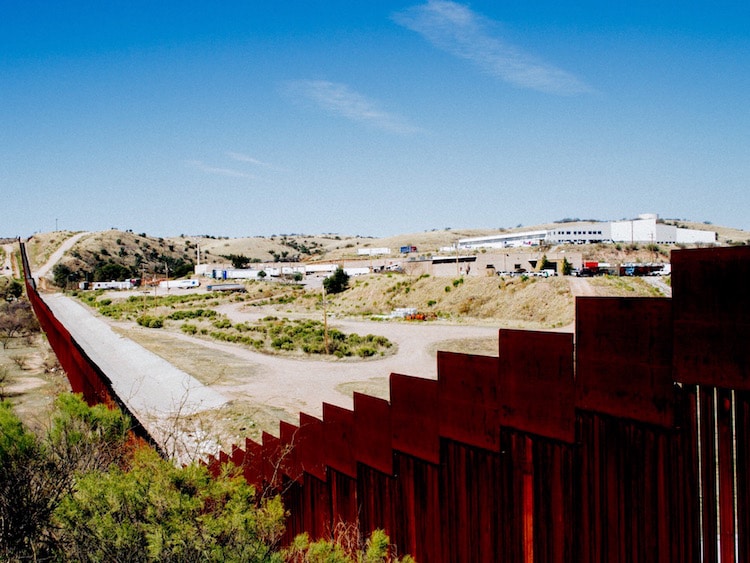
In early 2017, brothers Yonathan and Jordan Moya spent 9 days traveling along the US Mexico border, documenting life for their project Border Perspective. Their journey took them through Texas, New Mexico, Arizona, and California, 2,000 miles traveled to understand life on the border.
Of course the US and Mexico border is a hot topic with President Trump’s proposed border wall, but the project was also personal. The brothers were young children when their family legally immigrated from Mexico and they spent a good chunk of their adolescence living in a border town in Texas before moving to the Midwest.
Going in without preconceived notions and hoping to educate a public who may not know anyone who grew up in this region of the United States, they came back with stunning photographs and video footage about life on the border. They will be exhibiting the images and screening their micro-documentary in locations around the country to spread their message. “Our hope is to provide those who haven’t traveled to the border a glimpse of the existing fence structure, to share stories and perspectives of the people who live there, and to build relationships with those they met.”
We had a chance to speak with Yonathan Moya about Border Perspective and get his thoughts on this powerful, and timely, project.
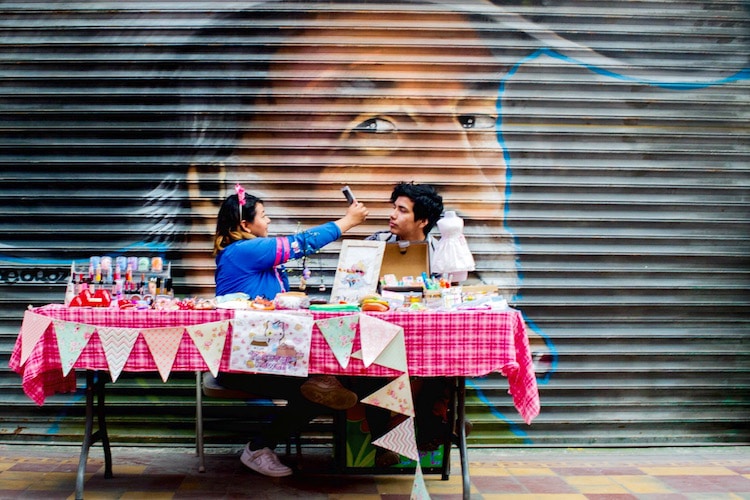 Can you tell me a bit about your childhood growing up on the border?
Can you tell me a bit about your childhood growing up on the border?
As a kid, life on the border was great. We were constantly a part of two very different cultures. At home we spoke Spanish, in school, we only spoke English. Throughout the week, at school we had American food, but at home, we always had Mexican meals.
Without realizing it, we were constantly transitioning from one culture to another. This became normal for us, we didn’t really find it hard to transition from one culture to the other, it just became our lifestyle.
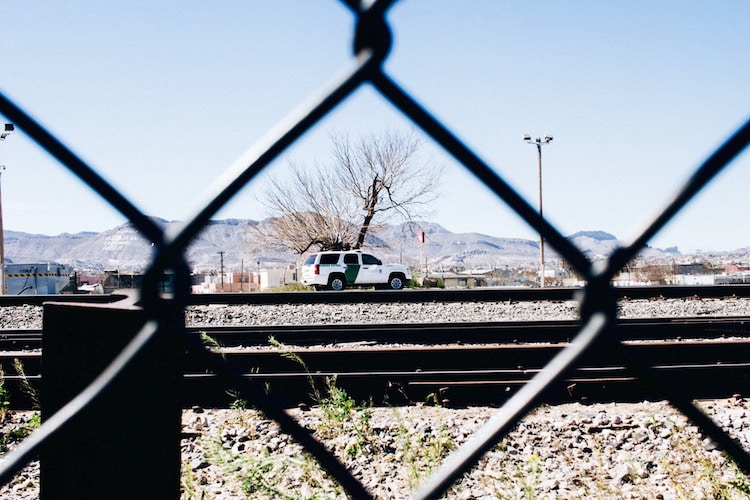 Any memorable experiences that stick out in your mind from that time that you’d like to share?
Any memorable experiences that stick out in your mind from that time that you’d like to share?
It was the spring of 1993. I was 7 years old, traveling through northern Mexico with my grandparents. This is one of the first memories I recall before learning about my family relocating from northern Mexico to the USA—I remember walking with my grandparents and being nervous as we approached the US border checkpoint. I held their hands as we walked across the Rio Grande border in South Texas.
My parents were waiting for us on the US side. They were staying in a small one-bedroom motel room in Pharr, Texas. A few days later, we found our first rental house and began a new life in this new country.
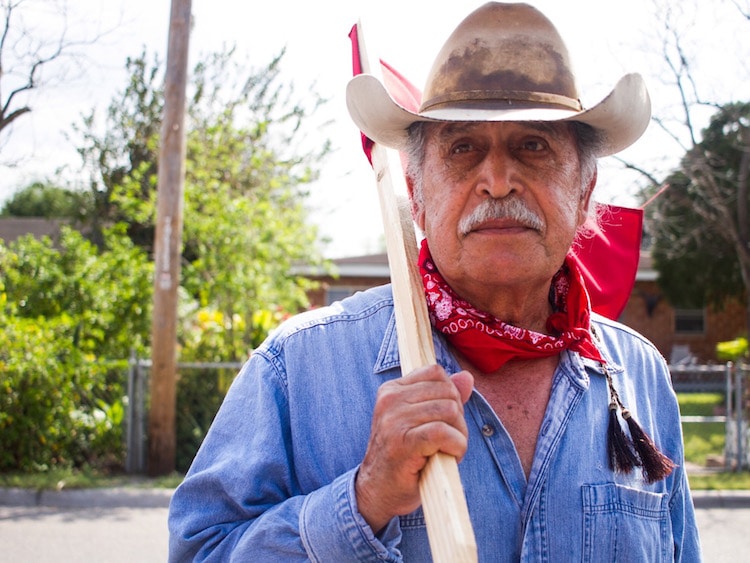 The border has become an increasingly hot topic since Donald Trump’s presidential campaign. What do you feel is the largest misconception people have about life on the border?
The border has become an increasingly hot topic since Donald Trump’s presidential campaign. What do you feel is the largest misconception people have about life on the border?
For many people, “the border” is a scary place. It’s a place of violence, it’s unsafe and a place full of brokenness. In some cases, this is reality. Life near the border is just like life in any other place in our country—both good and bad. But regions like the border receive different news coverage. The bad news is heightened and amplified, while the good news is almost unspoken of. Most people who don’t live on the border only have the negative perception of what life is like there, and often that’s not the reality.
As I process my experience of growing up on the border, I am saddened about how often as a culture we form preconceived, stereotypical ideas of places and people without actually knowing someone from there or ever having visited the place to learn more about it. I wonder how our perspective would change if we were reminded that every place in our world is full of people with extraordinary stories of endurance, hope and perseverance.
 How has the border changed since you grew up there?
How has the border changed since you grew up there?
In the last decade, violence, corruption and organized crime have increased on the Mexican side of the border. I hear this often from friends and family that currently live in Mexico or on the US border. There is more law enforcement and surveillance happening because of how much this has escalated and people are fearful of this spreading into the US side.
Life has changed, American citizens can’t cross into Mexico as freely as they could before. Even our own family would go have dinner in Mexico every weekend—we haven’t done that in years.
People are scared of going into Mexico. Crime has definitely changed the way people interact on the border.
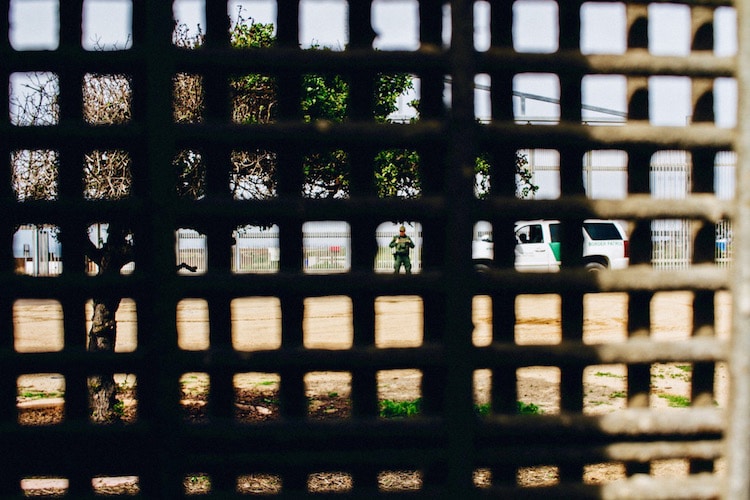 There is often concern about safety along the border. Did you feel safe during your trip?
There is often concern about safety along the border. Did you feel safe during your trip?
We never felt unsafe, we were always careful on the US side, and when crossing into the Mexican side, we always crossed with someone who knew the area.
In Nogales, Mexico, we got questioned by a cartel watchmen. He was armed and had a satellite radio in this Jeep. He asked me what we were doing, I said, we’re taking pictures of the border fence to post on Instagram. He replied, well, hurry up… and took off.
I knew at that point, that we should head back to the US side of the border. For whatever reason, on that part of the border, people know who is coming across the border into Mexico.
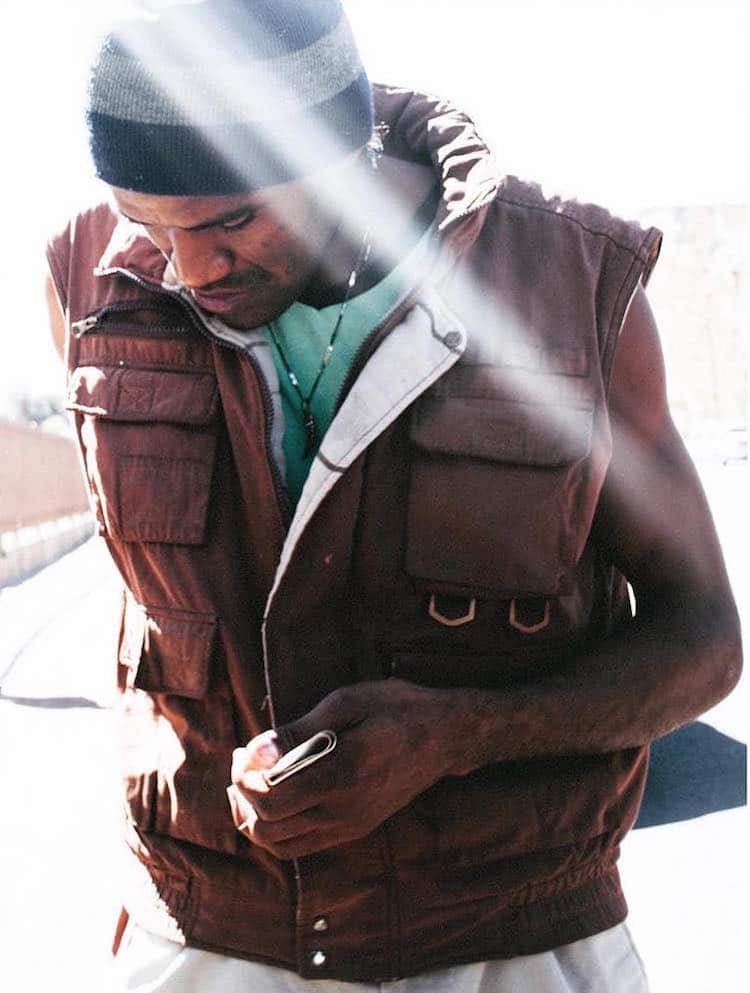
Edgar.
From your personal experience, what is the biggest misconception most Americans have about Mexicans who are attempting to cross the border?
Based on the information that we receive and according to media reports, all Mexican immigrants are criminals, gang members or part of a drug cartel. There’s some truth to that, but it’s not always the case.
We met Mexican immigrants attempting to cross the desert while on the southern Arizona border. These people are just looking for jobs and a way to provide for their families.
For instance, we met Edgar outside of El Comedor, he’s been coming to the shelter twice a day to get fed and to seek counsel about what to do next. He shared with us that he’s been trying to illegally cross the border for the third time this week. He doesn’t have any money, he doesn’t know anyone in Nogales and somehow has to find a way to survive in this unknown place. “My wife and my daughter are in California and I need to get back to them,” he shared when asked about why he was attempting to cross the border illegally.
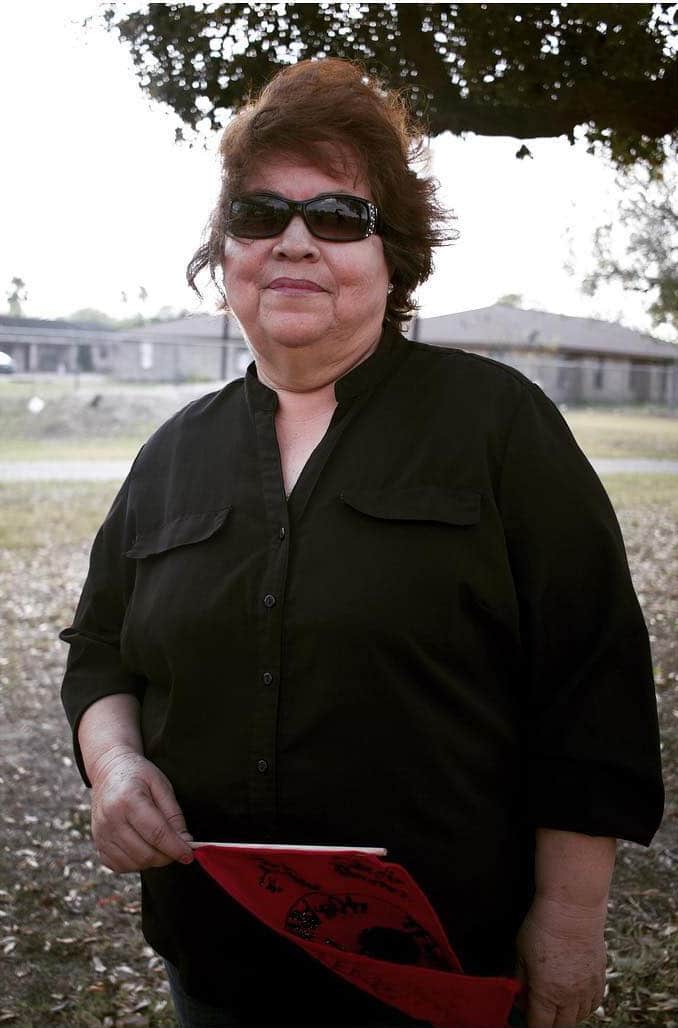
Rosa.
You traveled a large stretch of the border. Were there any overarching themes you noticed between the different areas?
Even under all the law enforcement presence, the surveillance and the complexity of immigration, the border is home. People make an intentional decision to try and live life normally on an everyday basis.
Conversely, did you notice a change in the residents as you traveled to different locations?
For sure. These are two very different perspectives from two ladies who are close in age. Rosa lives in South Texas and Peg lives in Southern Arizona.
Rosa has been a part of local politics for more than 30 years. Through her time in politics, she’s realized that many government programs only allow people to take advantage of government aid. She shared with us that some people in The Valley don’t need to work because to get by month to month, they solely rely on programs such as; food stamps, WIC, free healthcare, etc. Rosa sees this as a very hard issue to tackle and knows that many people who live this way often don’t want to change. Rosa realizes that people in her position have to work very hard to fix the current broken systems that are currently in place. They have to create programs that help empower others to succeed and contribute to society, not only put programs in place that make people dependent on government aid.
In Nogales, Arizona we met Peg Bowden, a retired nurse who lives about 12 miles from the Mexican border. With the immigration crisis so close to home, Peg constantly finds herself in the murky, confusing and confounding world of the migrant. Presently, she volunteers at El Comedor a migrant shelter in Nogales, Mexico where a samaritan group she’s a part of provides clothing, medical supplies, and counsel to migrants seeking the American Dream. Peg is also the author of A Land of Hard Edges: Serving the Front Lines of the Border, a series of true stories and personal reflections of the migrants she meets every week at El Comedor.
In her book, she investigates why thousands of people are willing to risk their lives crossing the Sonoran Desert into the US and tries to understand the complexities of human migration and the power of love and family that drives people into the treacherous landscapes of the southern Arizona border. We were able to spend an entire day with Peg. She took us across the border into Nogales, Mexico and showed us a glimpse into her world and what it means to come face to face with the real issues people living on the border deal with every single day.
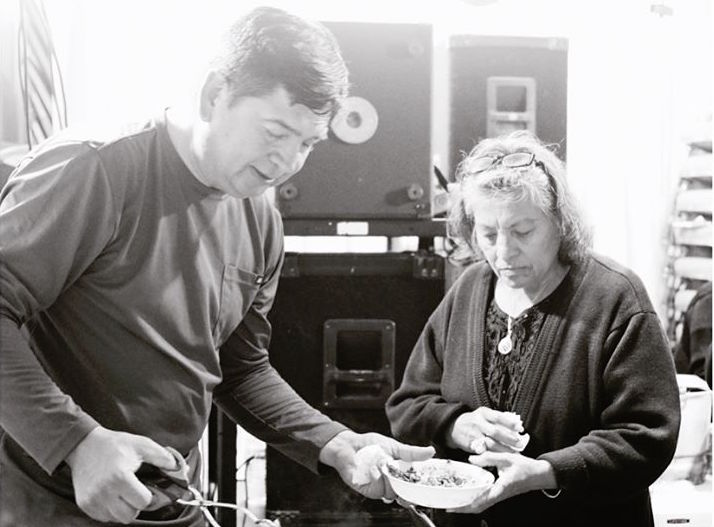
Hugo and Eunice
From afar, there appears to be a misconception of border towns as negative spaces. What would you tell people who are wondering about positive aspects of border life?
Even amongst all of the negative things that surround the border, there are people that are trying to make a positive impact, like our parents, Peg, and a little league baseball coach.
Our parents, Hugo and Eunice, lead Iglesia Misionera Cristo Vive, a house church that meets to worship every Wednesday and Sunday evening. Hugo and Eunice’s home is exactly 7 miles from the US Mexico border. Many families who gather to worship also live in nearby border towns.
For many families, this border area of South Texas is an entry point into the US. Some families stay in the area long-term and other families are just passing through. Through the years, our parents have met and worshiped with many different families. People may come and go, but week after week, our parents stay faithful to this community and continue to invite families to worship together.
In many ways, worship here isn’t any different than worship in the Midwest, where Jordan and I live now. If anything, we realize that people here also have a strong passion to seek God and understand his compassion for all humanity. They continue to worship and seek God even while living in an area that’s often misrepresented and misunderstood by our culture.
Just like when Jordan and I were kids, we attended an evening service while passing through the area. We were able to worship together, catch up with old friends and enjoy a very delicious Mexican meal after the church service.
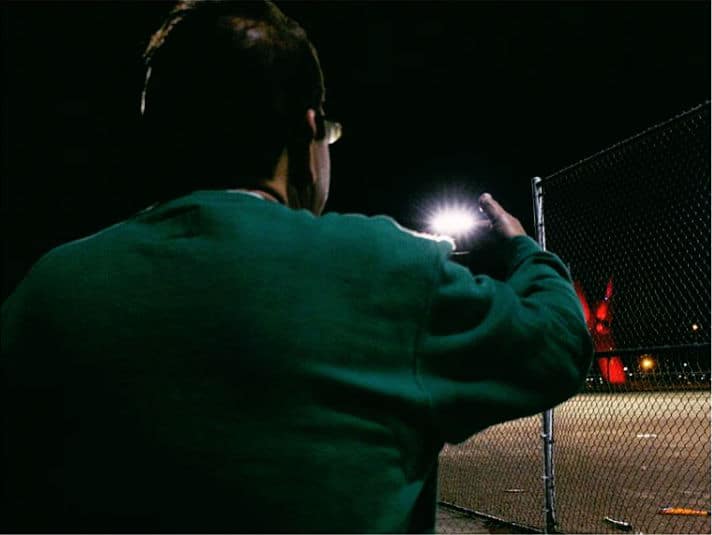
Ruben.
Under the lights of El Paso and with the giant red X lit up on the Mexican side, Ruben, an El Paso native coaches a little league baseball team. The baseball diamond where they practice is adjacent to the highway that divides El Paso, Texas from Ciudad Juarez. The border with Mexico is less than a quarter of a mile from where they practice. Ruben has a great passion for coaching, you can tell as he gives direction and interacts with his players and their family members.
“Most of the players are around 11 years old, they come from all across El Paso. We have players from every region, North, South, East and West of El Paso. I like coaching these boys so they get involved in something meaningful and don’t get into bad habits,” Ruben shared with us. Ruben sees coaching as a great opportunity to invest in the lives and future of these young boys. He hopes that with giving them a positive experience through baseball, they can grow to be examples in their own community and contribute to a better society. Practicing along the border isn’t unusual for this team, most of the players have grown accustomed to living in a region where they are divided by a physical border but connected by their culture and love for baseball.
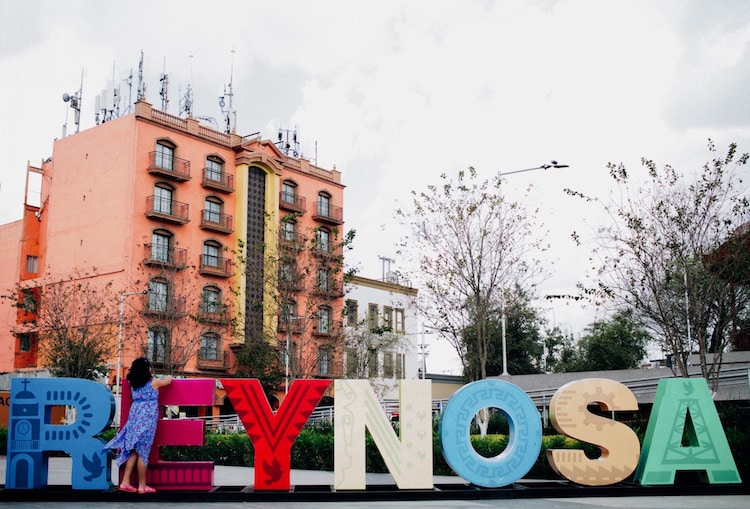 From your interactions with locals, what was the sentiment about Trump’s proposed wall?
From your interactions with locals, what was the sentiment about Trump’s proposed wall?
Most of our interactions were positive. We hardly asked about the wall because we just wanted to highlight the stories of regular life on the border. When it did come up, it was because people wanted us to know that they opposed the construction of the wall.
What do you hope people take away from your project?
Just like we did, we hope that people gain a broader perspective of what life on the border is really like. Life on the border is about much more than just the bad news that we often hear.
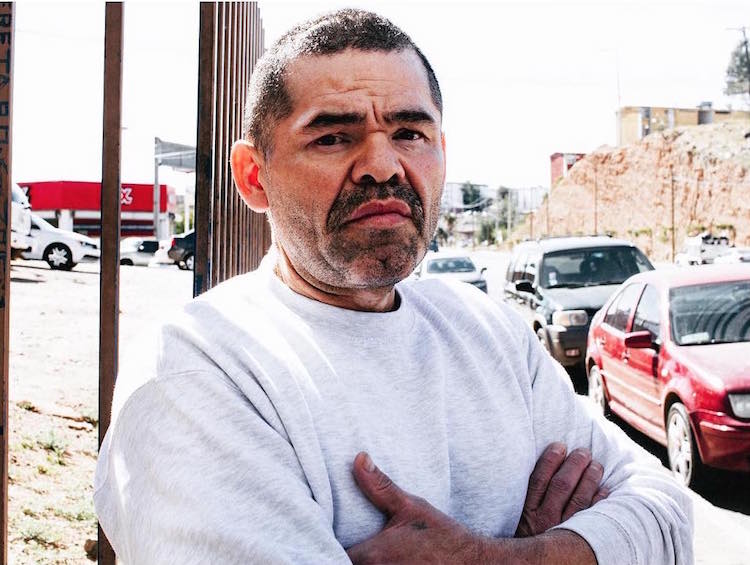
Enrique.
Can you share your most memorable experience during the trip?
I can’t narrow it down to one experience but our entire day with Peg was definitely the most challenging and memorable day of the trip.
Enrique was also memorable. We met Enrique at El Comedor at about 11AM, he had just been deported into Nogales, Mexico at 7AM. Enrique shared with us that he spent 11 years in prison for a crime he committed while living in the US. Having a criminal record was the cause of his deportation into Mexico and the withdrawal of his green card. Enrique didn’t go into detail about the crime he committed, but did mention that his actions had consequences and that he was paying for what he did.
“Criminals like me, have to deal with the consequences of (the) bad decisions we make. Unfortunately, it’s because of people like me, that a lot of the hard working immigrants, even those who just want to provide for their families, get labeled as criminals.” I could tell that Enrique felt convicted about his current situation and that he saw himself as part of the immigration problem that’s currently affecting many people in our country. Internally, Enrique was dealing with the remorse of why he got deported to this unknown place in the Sonora desert, where he now, somehow, has to find a way to start over.
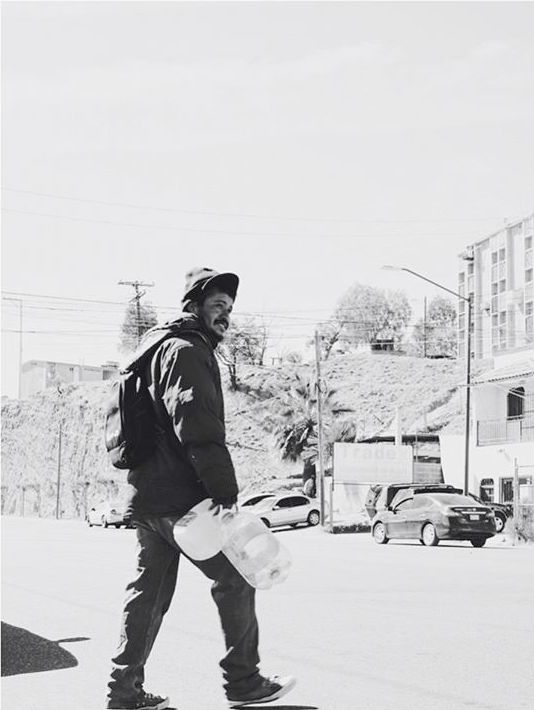
Walking across the U.S. border checkpoint towards El Comedor, the immigrant shelter in Mexico, we noticed groups of people sleeping under a bridge. In the context of the Mexican border, this bridge is where immigrants attempting to cross the US border illegally gather to rest and sleep. No one knows how many days, sometimes weeks someone will be there. Once they get word from the local drug cartel that it’s time to cross the border, is when immigrants start their journey north.
What is even more shocking, is that drug cartels who control this border area, charge immigrants anywhere from $20-$30 a night to sleep under the bridge. Immigrants that sleep under this bridge experience extremely cold nights in the winter and often face very unsafe conditions. Immigrants who can’t afford to pay the local cartel to sleep under the bridge, walk to a local cemetery, where among memorials and decorated tombs, they find a place to rest and sleep for the night.
 Anything else you’d like to share about the project?
Anything else you’d like to share about the project?
The border is home to so many good and hard-working people. I can’t imagine how hard it is, that as a society we place negative labels on the people living in this area. It’s hard for me to see how one single policy will solve all the complexity of issues on the border. As an entire region, they are part of a rhetoric and a policy that ultimately is going to affect their way of life. It’s not going to affect me, living in another region the the U.S. but yet, somehow, without living in the area, we make assumptions of what is best for that area, without knowing what life is really like on the border.

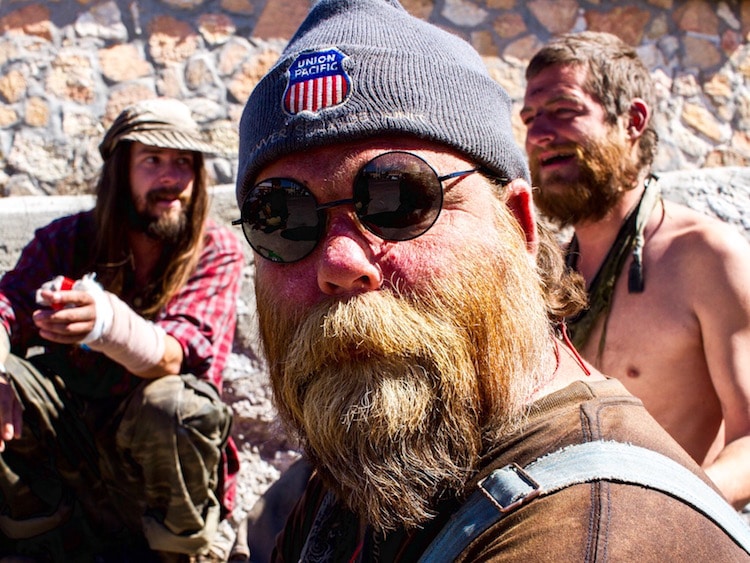
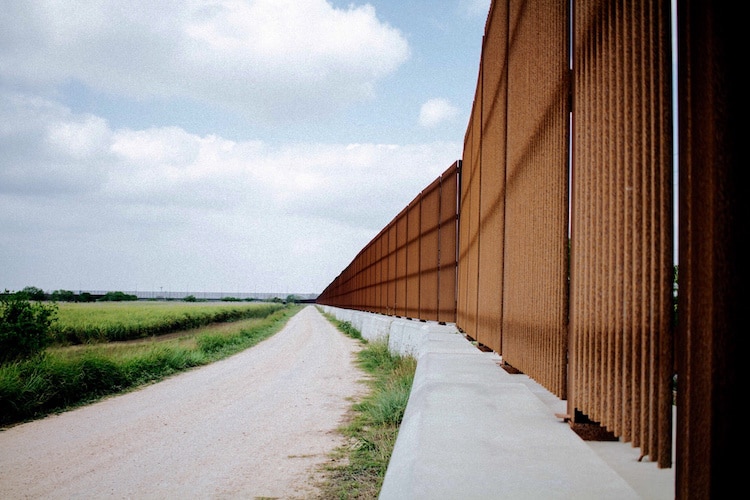
 Border Perspective: Website | Instagram
Border Perspective: Website | Instagram
